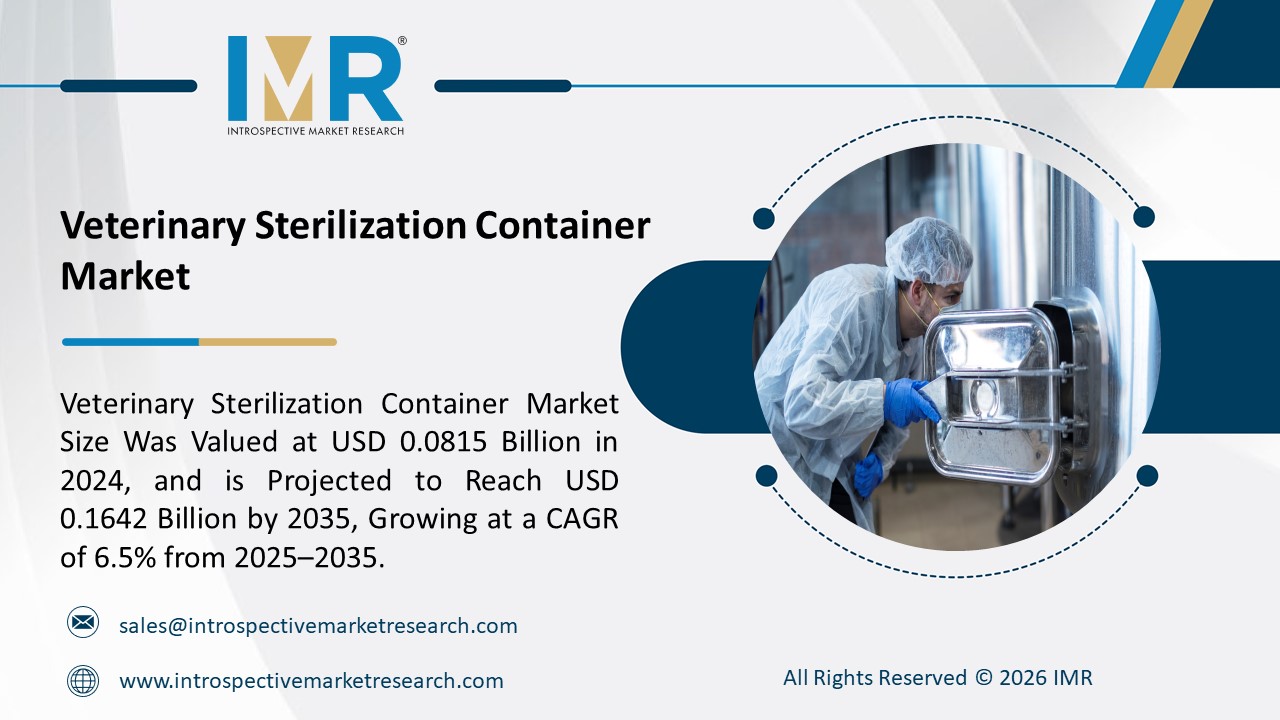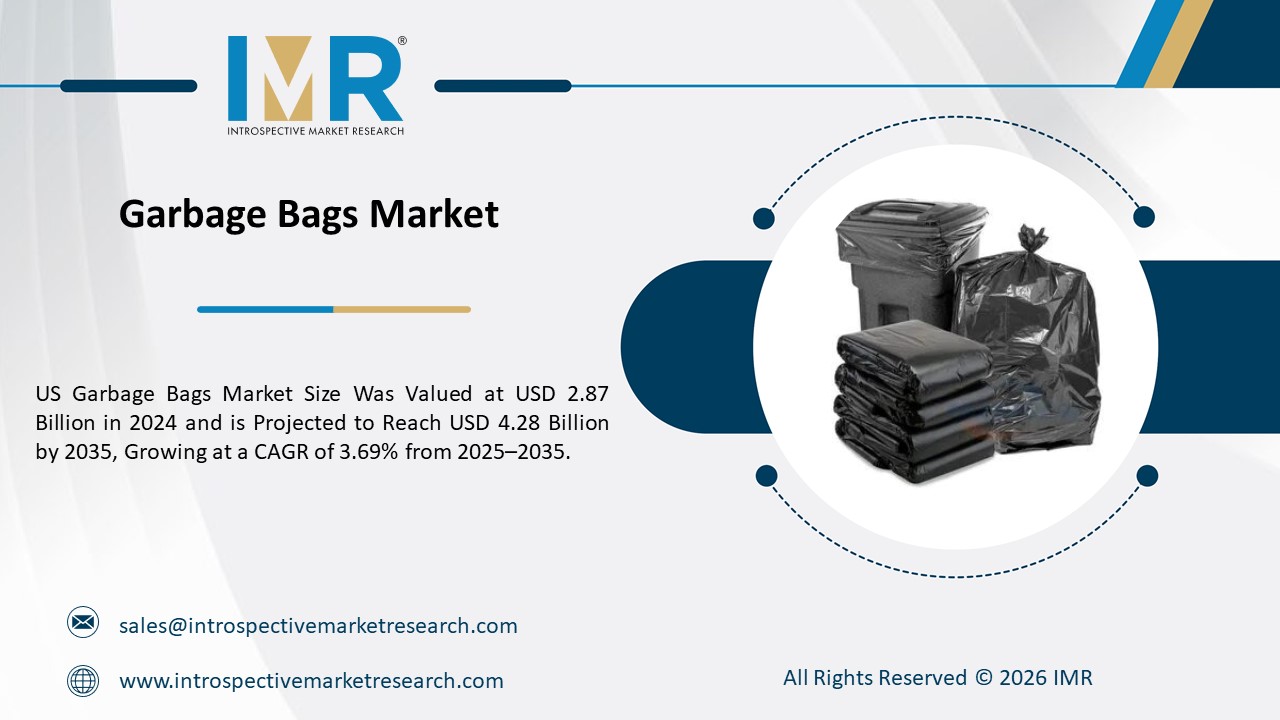
Learner Driver Insurance Market
According to a new report published by Introspective Market Research, titled, ?Learner Driver Insurance Market by Vehicle Type, Coverage Type, Policy Duration and Distribution Channel: Global Opportunity Analysis and Industry Forecast, 2024?2032,?
The global Learner Driver Insurance Market Size Was Valued at USD 9.45 Billion in 2023 and is Projected to Reach USD 16.9 Billion by 2032, Growing at a CAGR of 6.67 % From 2024-2032.
Learner driver insurance provides temporary coverage for individuals learning to drive, usually aged 17 to 25, with a provisional license. It offers protection during practice sessions under supervision, promoting responsible driving and ensuring safety for all road users. This type of insurance gives peace of mind to both learners and supervising drivers by covering accidents or damage, without significantly raising costs compared to regular policies. Encouraging supervised practice helps reduce accidents involving inexperienced drivers. Learner driver insurance is accessible, with flexible payment options and customizable coverage. As more young people seek driving licenses, the demand for affordable, comprehensive insurance will rise. Technological advancements, such as telematics-based policies that monitor driving behavior, are expected to enhance safety and meet the evolving needs of learner drivers.
According to the global Learner Driver Insurance market analysis, the market is segmented into Vehicle Type, Coverage Type, Policy Duration and Distribution Channel, and region. By Vehicle Type, the market is categorized into Cars and motorcycles. By Coverage Type, the market is categorized into Third-Party Only, Fire, Third-Party, Theft, and Comprehensive. By Policy Duration, the market is categorized into Short-term and long-term. By Distribution Channel, the market is categorized into Direct Insurers, Insurance Brokers, and Online Platforms. By region, it is analyzed across North America (U.S.; Canada; Mexico), Eastern Europe (Bulgaria; The Czech Republic; Hungary; Poland; Romania; Rest of Eastern Europe), Western Europe (Germany; UK; France; Netherlands; Italy; Russia; Spain; Rest of Western Europe), Asia-Pacific (China; India; Japan; Southeast Asia, etc.), South America (Brazil; Argentina, etc.), Middle East & Africa (Saudi Arabia; South Africa, etc.).
The learner driver insurance market is growing due to an increasing number of young individuals, typically aged 17 to 25, seeking driver's licenses. This rise is driven by the societal value placed on mobility and independence. As public transportation challenges and preferences for personalized mobility grow, more people are learning to drive, especially in areas with limited public transit, increasing demand for learner driver insurance.
The market's expansion is further propelled by the development of flexible and affordable policies. Insurers now offer pay-as-you-go plans and short-term coverage, making insurance more accessible. Innovative pricing strategies, discounts for safe driving, and digital technologies for easy policy management and support enhance the appeal of learner driver insurance. These factors collectively drive the market's growth, encouraging responsible driving and providing tailored solutions for novice drivers.
Global Learner Driver Insurance Market, Segmentation
The Learner Driver Insurance Market is segmented based on Vehicle Type, Coverage Type, Policy Duration and Distribution Channel, and region
Coverage Type:
The dominance of the Third-Party Only segment is expected to drive growth in the learner driver insurance market. This segment offers coverage for damages or injuries caused to third parties in accidents, excluding the learner driver's vehicle. Third-party policies are affordable and provide basic protection, appealing to budget-conscious learners who prioritize legal compliance over comprehensive coverage. Regulatory mandates in many regions require all drivers, including learners, to have at least third-party insurance. As a result, the third-party-only segment captures a significant share of the market due to its cost-effectiveness and adherence to legal requirements, meeting the needs of many learner drivers.
Policy Duration:
The Short-term segment is the primary growth driver in the Learner Driver Insurance Market, offering temporary coverage for novice drivers during their learning phase. These policies, ranging from a few days to several months, cater to diverse learner needs and timelines. They are ideal for those seeking immediate coverage for specific practice sessions or short learning periods without committing to long-term policies. The segment's dominance is due to its flexibility, accommodating learners who often need short-term insurance during intensive driving courses or leading up to tests. Its convenience and accessibility make it the largest segment, addressing the evolving needs of novice drivers.
Region:
The Asia Pacific region is set to lead the expansion of the learner driver insurance market. With a growing population and rapid urbanization, this region presents a vast, untapped market for insurance providers. Countries like China and India, with large youth populations and rising disposable incomes, are seeing a surge in individuals seeking driving licenses, boosting demand for learner driver insurance.
Regulatory changes and increased road safety awareness also contribute to market growth. Stricter regulations require insurance coverage for all drivers, including learners, prompting insurers to expand their offerings. This positions the Asia Pacific as a dominant region in the global learner driver insurance market.
Some of the leading Learner Driver Insurance market players are
- Allstate Insurance (U.S)
- Berkshire Hathaway (U.S)
- State Farm Insurance (U.S)
- Learner Driver Insurance (U.S.)
- Prudential Financial, Inc. (U.S.)
- Travelers Companies Inc. (U.S.)
- Progressive Corporation (U.S.)
- Nationwide Mutual Insurance Company (U.S.)
- MetLife (U.S)
- AIG - American International Group (U.S)
- Aviva plc (UK)
- Direct Line Insurance Group plc (UK)
- Marmalade (UK)
- Churchill Insurance (UK), and Other Major Players.
Key Industry Developments:
- In January 2024, Berkshire Hathaway Inc. completed the acquisition of Pilot Travel Centers LLC, securing the remaining 20% stake from Pilot Corp. This transaction solidifies Berkshire's ownership, previously at 80%. The deal comes after legal disputes involving allegations of improper accounting methods, leading to a settlement. Founded by Jim Haslam II in 1958, Pilot has grown significantly through strategic expansions and mergers, becoming a prominent player in the travel center industry.
- In April 2024, MetLife announced a collaboration with TELUS Health to expand access to Cognitive Behavioral Therapy (CBT) services for all employers with Long-Term Disability (LTD) plans. This initiative aims to address the increasing demand for mental health support among employees, as highlighted in MetLife?s 22nd annual Employee Benefit Trends Study. The partnership will provide enrolled employees with access to TELUS Health CBT?s digital platform at no cost, supporting their holistic recovery and well-being.
Key Findings of the Study
- The market was valued at USD 9.45 billion in 2023 and is projected to reach USD 16.9 billion by 2032, growing at a CAGR of 6.67% from 2024-2032.
- The Asia Pacific region is poised to lead the market expansion, driven by a large, young population, urbanization, rising disposable incomes, and regulatory changes promoting mandatory insurance coverage for learners.





